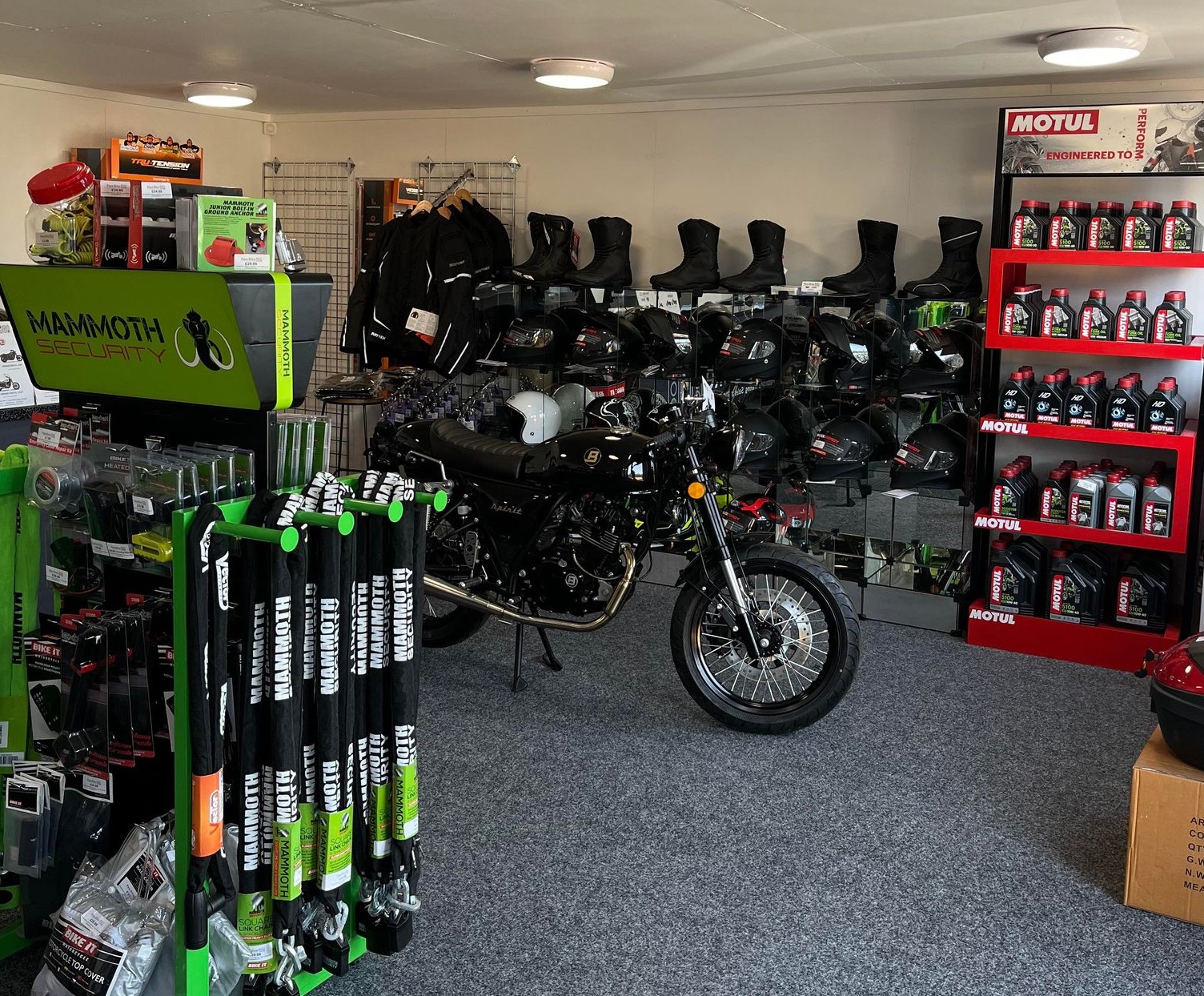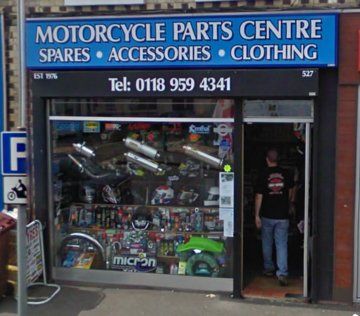Necessary Motorcycle Parts NZ for Peak Performance and Safety And Security
Necessary Motorcycle Parts NZ for Peak Performance and Safety And Security
Blog Article
Recognizing the Vital Parts of a Motorcycle: A Comprehensive Overview for Enthusiasts
For motorcycle lovers seeking to elevate their riding experience and ensure their bikes run smoothly, understanding the vital parts of a bike is paramount. Each aspect, from the engine's elaborate workings to the essential duty of the braking mechanisms, not only impacts efficiency yet also security and convenience. This overview will stroll through the fundamental parts that every motorcyclist should recognize with, allowing educated options in both maintenance and potential upgrades. As we begin this exploration, one must ask: how does each component connect to develop the seamless trip every fanatic looks for?
Engine Elements

The camshaft plays a critical function in regulating the timing of the engine's valves, ensuring the exact opening and closing needed for efficient fuel and air consumption, along with exhaust expulsion. This timing is essential to maintaining ideal engine performance and efficiency. In addition, the carburetor or gas injection system, relying on the motorbike model, is liable for mixing air with gas in the appropriate proportion for combustion.
The cooling system, either air or liquid-based, functions to keep the engine's temperature within operational restrictions, preventing getting too hot and guaranteeing durability - motorcycle shop. Each element, meticulously created and integrated, adds to the seamless procedure of the engine, defining the motorbike's power output and general performance
Transmission System
Important to the motorbike's capability, the transmission system makes certain reliable power transfer from the engine to the wheels. This system makes up numerous crucial parts, consisting of the clutch, transmission, and last drive, each playing an essential duty in translating the engine's power into movement. The clutch, normally operated by a hand bar, offers to engage and disengage the engine from the transmission, permitting for smooth equipment modifications and regulated acceleration.
The transmission, usually described as the transmission appropriate, has a collection of equipments that bikers can manually move via to adjust the bike's speed and torque outcome. These gears are organized in a series that enables the bike to accelerate smoothly and maintain optimal engine efficiency across numerous speeds. Many bikes use a consecutive transmission, needing the biker to move equipments in a fixed order.
Braking Devices
While understanding the transmission system is vital to using a motorcycle's power, similarly vital is the capability to manage and stop that power efficiently, which is where stopping devices come right into play. Brakes are crucial for security and efficiency, supplying the motorcyclist with the necessary control to browse various terrains and conditions. Commonly, bikes include two kinds of stopping systems: disc brakes and drum brakes.
Disc brakes are a lot more common in modern bikes due to her latest blog their exceptional efficiency. They include a brake disc, caliper, and pads. When activated, the caliper squeezes the brake pads against the rotating disc, converting kinetic power right into heat, thereby reducing the wheel. This system offers far better warmth dissipation, regular efficiency, and improved quiting power, especially in damp conditions.
On the other hand, drum brakes, though much less usual, are still located in some motorbikes. They function by pressing brake footwear against the inner surface area of a drum connected to the wheel. While typically much less reliable in warmth dissipation and stopping power, drum brakes are simpler and more cost-efficient.
Understanding these stopping systems' subtleties allows motorcyclists to keep their motorcycles effectively and appreciate the design that makes certain reliable and safe quiting.
Suspension and Guiding
Suspension and steering systems are essential elements that significantly influence a motorbike's handling and ride convenience. The shock absorber, consisting of forks at the front and shock absorbers at the rear, soaks up roadway irregularities, enhancing security and control. Front forks, generally telescopic or upside down, compress and rebound to minimize impacts, while back shock absorbers keep tire contact with the roadway, vital for traction and security.
Steering, centered around the handlebars, connects the biker to the motorcycle's directional control. The guiding head bearings ensure smooth operation, permitting precise maneuverability. Correct positioning and maintenance of these bearings are important for predictable steering feedback and lowering rider fatigue.
The suspension's adjustability is an additional crucial element; preload, damping, and rebound setups enable modification to match various riding styles and problems. This flexibility is essential for maximizing performance, whether browsing urban roads or dealing with sturdy routes. Developments like electronic shock absorber provide real-time changes, published here boosting trip high quality throughout varied surfaces.

Electrical Systems
After making certain a controlled and smooth trip through reliable suspension and steering systems, attention transforms to the electric systems, a pivotal element of modern motorcycles. These systems play a vital function not just in starting the engine but also in powering different components that enhance the capability and safety of the motorcycle.
At the heart of a bike's electrical system is the battery, which stores electrical energy required for beginning the engine and powering supporting systems - motox parts nz. The alternator or generator, combined with the rectifier-regulator, ensures the battery continues to be billed while the motorbike is in operation, converting power into electrical power and maintaining voltage levels
The ignition system, one more essential part, is in charge of sparking the air-fuel combination in the engine's cylinders. Modern motorcycles commonly use a digital ignition system, offering better effectiveness and reliability contrasted to typical systems.
Lighting systems, consisting of headlights, tail lights, and indications, are also important, making sure exposure and security for the biker. Added digital components such as sensors, control systems, and shows contribute to sophisticated functions like fuel shot management, anti-lock stopping systems (ABDOMINAL), and electronic dashboards, additionally enhancing the riding experience.
Final Thought
A comprehensive comprehension of a motorcycle's necessary components, including the engine, transmission system, stopping systems, suspension, guiding, and electrical systems, is crucial for lovers aiming to maximize convenience, efficiency, and safety and security. Mastery of these elements enables notified choices pertaining to maintenance and upgrades, eventually enhancing the riding experience. By incorporating this expertise, motorcyclists can ensure their motorcycles operate at peak efficiency and reliability, therefore optimizing both satisfaction and longevity of their cars.
For motorcycle lovers looking to boost their riding experience and ensure their bikes run smoothly, comprehending the necessary parts of a motorbike is critical.Essential to the motorbike's performance, the transmission system makes sure reliable power transfer from the engine to the wheels.While comprehending the transmission system is crucial to taking advantage of a motorcycle's power, similarly crucial is the ability to control and stop that power successfully, which is where stopping devices come right into play. Commonly, motorbikes feature two dirt bike parts types of stopping systems: disc brakes and drum brakes.
A comprehensive understanding of a motorcycle's vital components, including the engine, transmission system, braking mechanisms, suspension, steering, and electrical systems, is essential for enthusiasts intending to maximize safety and security, performance, and comfort.
Report this page